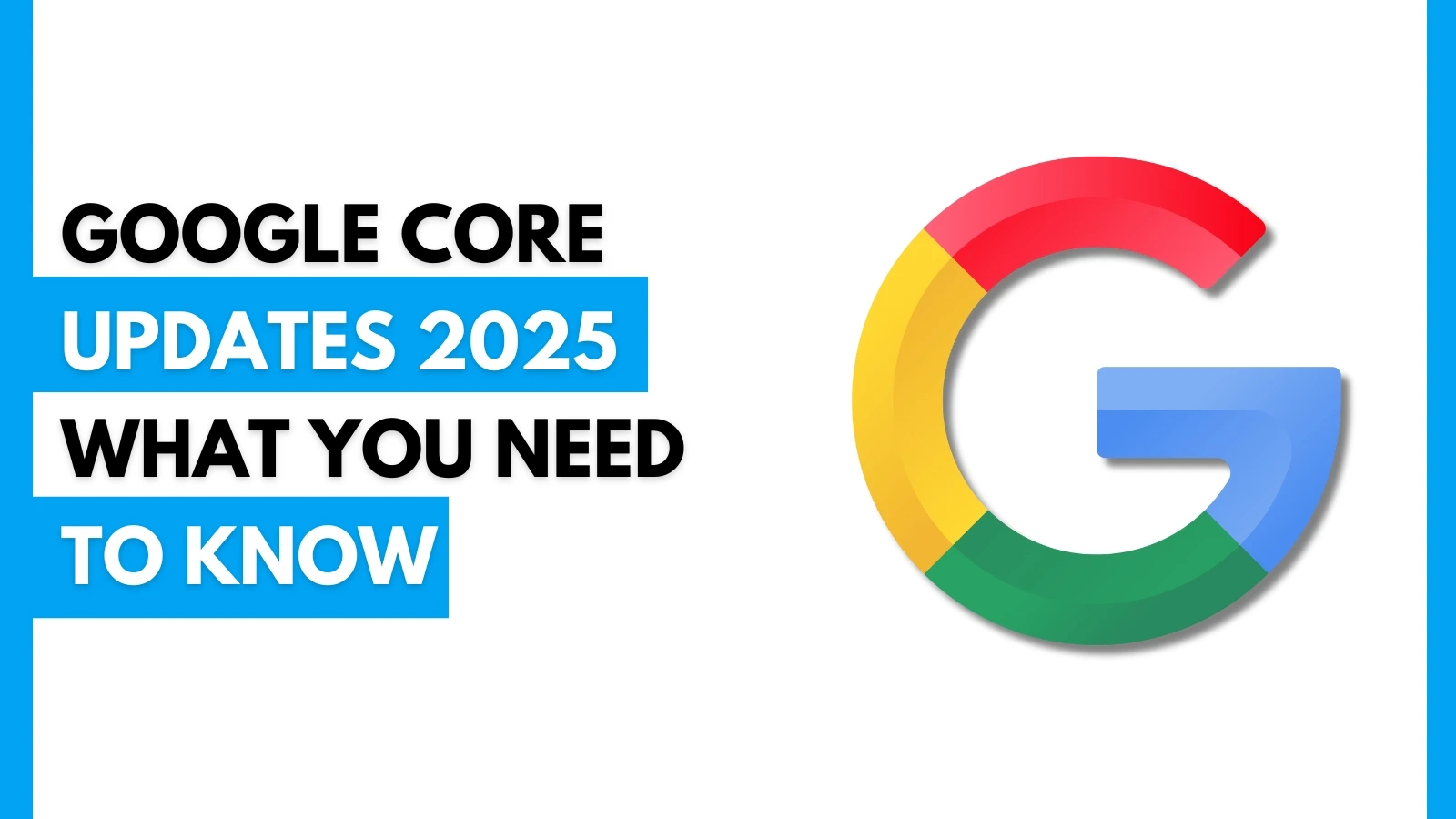These days, the world is quickly warming up to voice search. With Amazon, Apple, and Google providing home and mobile voice assistance, an increasing number of users prefer to search by voice rather than typing text.
As a result, we're laying some groundwork for brands looking to leverage their content in this new user experience.
As all mobile devices become smarter, search volumes in vernacular languages have increased. In countries where multiple languages are spoken, SEO strategies are evolving.
With the rise in voice-assistant usage, AI technology behind voice search has also become much more accurate.
The Advantages of Using Voice Search are as Follows:
Users are discovering more advantages to using voice assistants for search as voice recognition technology becomes more versatile and accurate.
- Enables users to multitask
- When compared to other devices, it allows them to do things faster.
- Allows them to get immediate responses.
- It makes their day-to-day tasks much easier.
Think About FAQs.
There is a distinction between the language used in traditional online searches and the phrases used in voice searches. They use the same phrases or words when speaking to customers in person or on the phone that they will use in voice search. After carefully listening to the phrases they use, respond to their questions.
Your website should be adaptable enough to the search optimization process. Keep in mind the FAQ page's structure. It is not necessary to have a single FAQ page.
Use Structured Data
The best way to optimize for search is to create relevant content. There are numerous methods for making search engines understand your content and how it should be classified and ranked. Structured data can be used to accomplish this.
Structured language is a type of micro-data that is embedded in your code. Search engines can read this code and better understand your content. Structured language is invisible to those who read your content.
When you search for a recipe, the results include cooking steps, pictures, and ingredients. This is because of the markup language that is used to highlight that type of information on the website.
Mobile Friendly Content
Mobile is the most common source of voice search. As a result, your blog or website should be mobile-friendly. Invest your resources and time in resolving any problems. This will assist you in optimizing for voice search. The fundamentals of mobile-friendly content are as follows:
- Use plenty of white space.
- Divide long sections into short paragraphs.
- Make use of bullet points and subheadings.
- Don't use non-optimized images.
- Be concise.
Aiming for Featured Snippets
When you ask Google a question, it will curate an answer from a website at the top of the first SERP (Search Engine Results Page). This is referred to as a highlighted snippet, answer box, or position zero. Google will directly answer your question using the information from that snippet.
The techniques listed below will increase your chances of ranking as an answer box:
- Your top priority should be to rank above the fold of the page.
- Using keywords found in the answer box
- Using Google Analytics to learn about the keywords that users are looking for
- The importance of "also searched" questions cannot be overstated.
Google My Business
Local voice search is available. As a result, going local is the best way to optimize for voice. This will make it easier for your customers to find you. Begin by including your contact information & location on your website in a prominent location. Include this in the footer or header of all of your web pages. This simplifies things for your website's visitors.
Aside from that, make sure you have a separate contact information page. This should include your primary contact information as well as an online contact form.


.png)



.webp)



















.webp)






















 A Complete Guide.webp)











































.jpg)










 Efficiently.jpg)
.jpg)
























.jpg)
.jpg)
























.jpg)


















.jpg)
.jpg)




























.webp)





.jpg)


















 Campaign.jpg)




.jpg)

.jpg)

.png)



.jpg)



.jpg)
.jpg)
.jpg)



.jpg)








.png)
.jpg)




.jpg)

.jpg)
.jpg)


.jpg)


.jpg)



.jpg)





















.jpg)














.png)





















.jpg)






.png)

.png)



.png)

.png)
.png)



.png)
.png)
.png)
.png)
.png)

.png)
.png)
.png)
.png)
.png)
.png)
.png)
.png)
.png)
.png)
.png)

.png)
.png)
.png)
.png)
.png)
.png)
.png)
.png)
.png)



.png)
.png)
.png)

.png)
.png)
.png)
.png)
.png)
.png)
.png)
.png)
.png)
.png)
.png)
.png)
.png)
.png)
.png)
.png)
.png)
.png)
.png)
.png)
.png)
.png)
.png)
.png)
.png)
.png)
.png)
.png)
.png)
.png)
.png)


.png)
.png)

.png)
.png)
.png)
.png)
.png)
.png)
.png)
.png)
.png)
.png)
.png)
.png)
.png)
.png)
.png)
.png)
.png)
.png)
.png)
.png)

.png)
.png)
.png)

.png)
.png)
.png)
 (1).png)
.png)
.png)
.png)
.png)
.png)
.png)
.png)

.png)

.png)
.png)
.png)
.png)
.png)
.png)
.png)

.png)
.png)
.png)
.png)
.png)
.png)
.png)
.png)
.png)
.png)
.png)
.png)
.png)
.png)
.png)
.png)


.png)
.png)
.png)
.png)
.png)
.png)
.png)

.png)
.png)
.png)
.png)
.png)
.png)
.png)
.png)
.png)

.png)
.png)

.png)
.png)
.png)

.png)
.png)
.png)

.png)
.png)
.png)
.png)
.png)
.png)
.png)
.png)
.png)
.png)
.png)
.png)
.png)
.png)
.png)
.png)
.png)
.png)
.png)